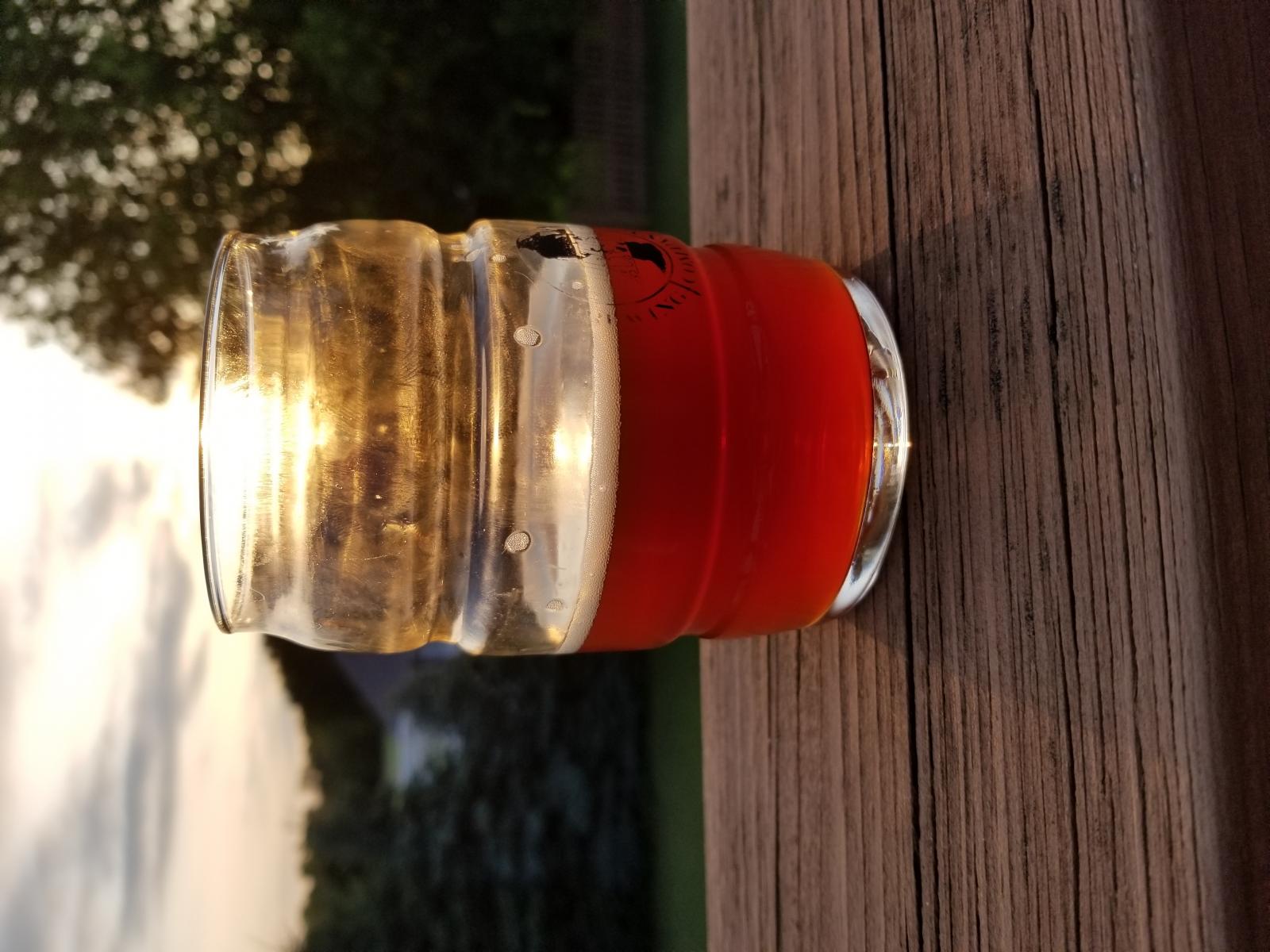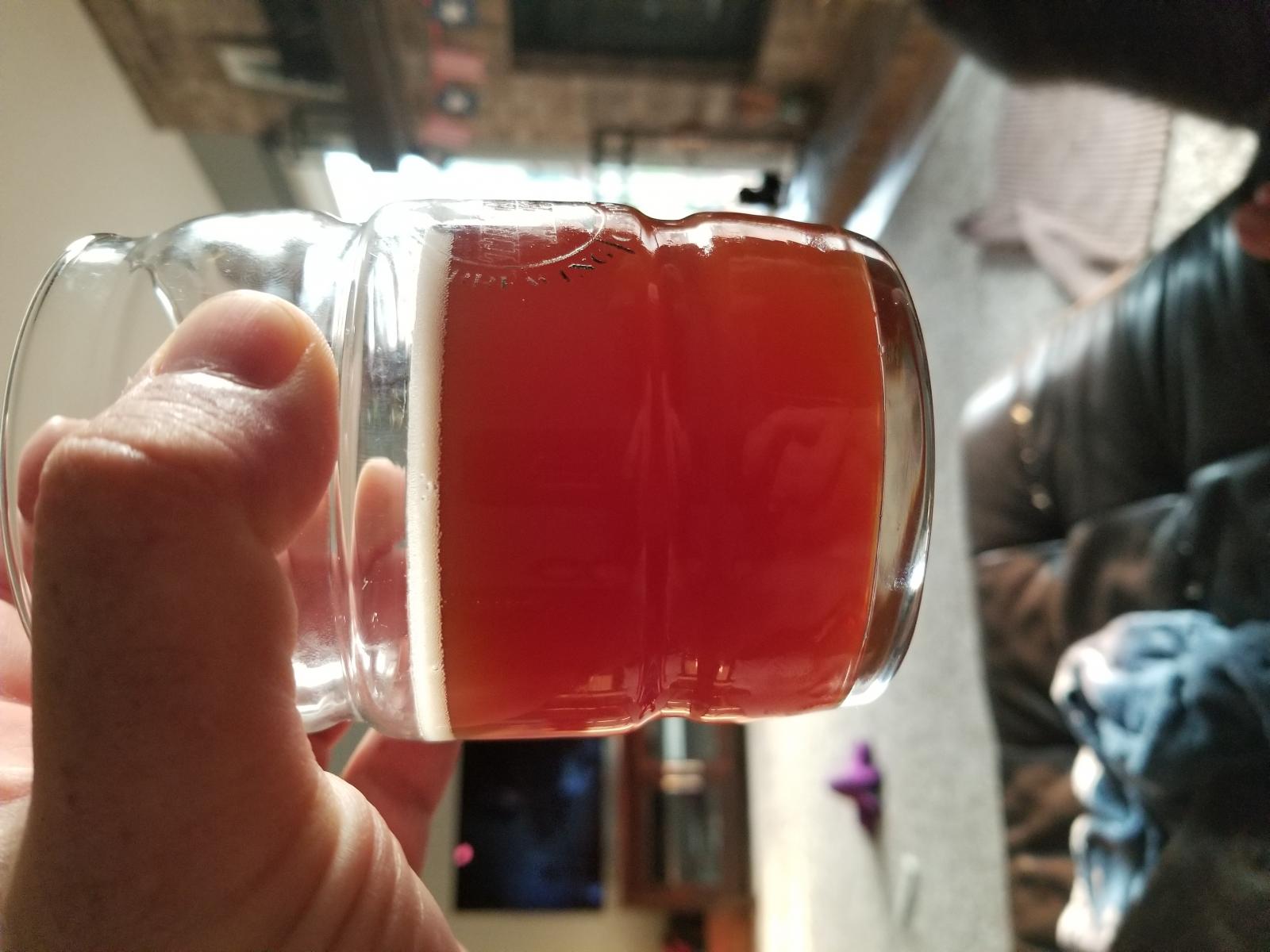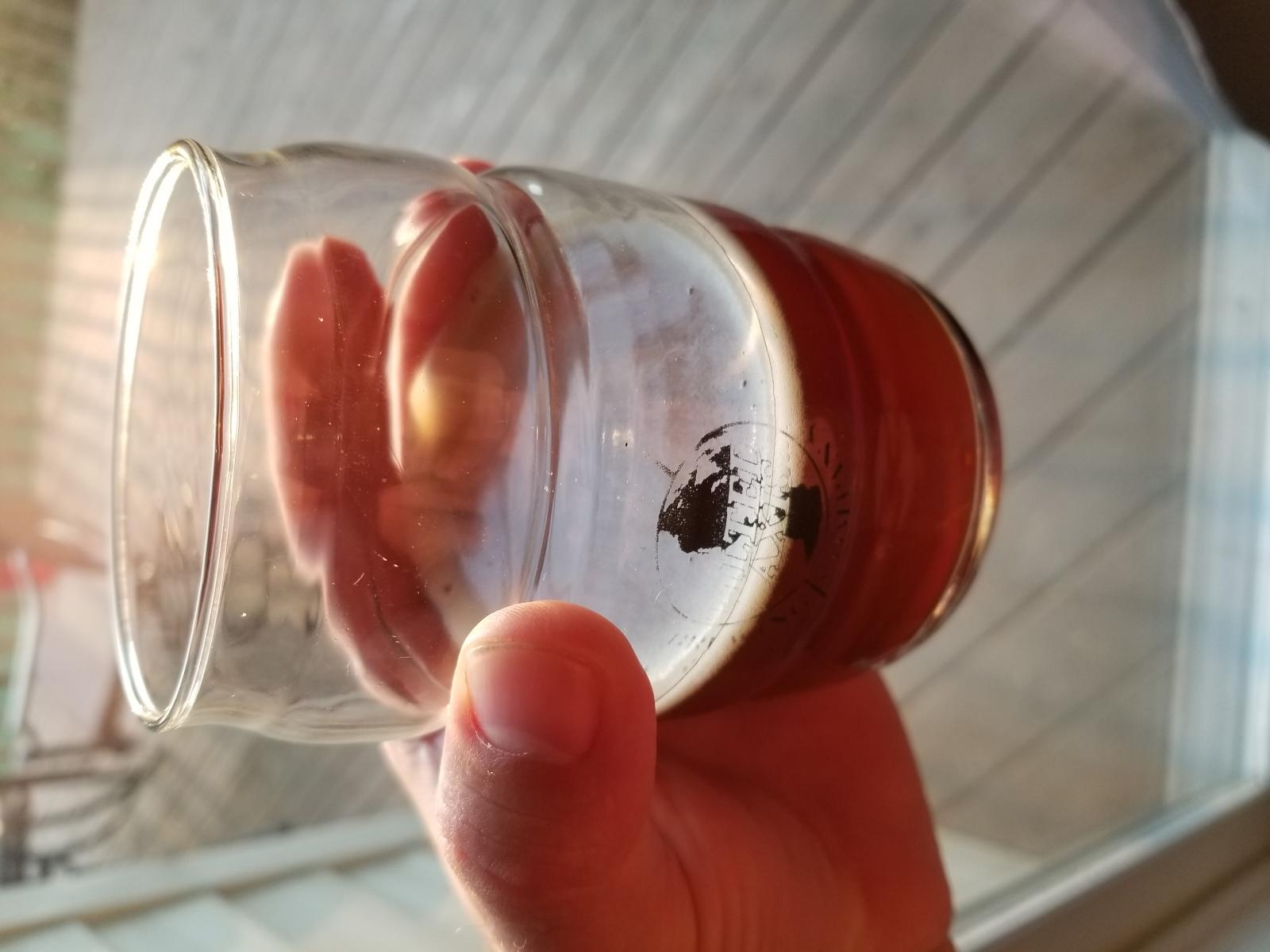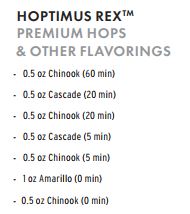Hey guys/gals. Sorry, this is going to be long winded, but looking for some guidance here. This is my first brew ever and it didn't turn out quite as I thought it would so I'm hoping for some pointers.
I did the NB Grapefruit Pulpin and I bottled it about 8 days ago. I tried one last night to see where it was at in regards to carbonation and it's actually carbonating quite well! I can honestly say that is the one aspect of the beer that I'm REALLY happy with.
I followed the recipe to a T in regards to the boil and the dry hopping. Where I didn't quite follow the recipe is the length of time in the primary. I did actually do a secondary to do the dry hopping/grapefruit peel. It was in the primary for 10 days. I then transferred to secondary with the dry hops and the grapefruit peel for 5 days. When I took the OG reading it was 1.064 and FG was 1.012, which told me that fermentation was complete, so I felt I was ok to transfer to secondary.
So here's my problems with the beer...
1. It's very cloudy (See pics). Even on the deck with the sun behind it, it's very cloudy. I did drink a Pseudo Sue right after it and that was also cloudy, so that made me feel a bit better about it. I just feel like mine is excessively cloudy.
2. It's very dark. For an IPA, I feel it's a heck of a lot darker than it should be. (See the 3rd picture looking down at it from an angle - that's about the color it is just sitting in a room). Is this something that can be corrected by doing LME later in the boil instead of boiling for the full 60 min? I followed the recipe exactly in regards to the LME additions. (Recipe attached)
3. It has a very heavy malt flavor in the background. Don't get me wrong, the beer is good and I will drink the heck out of it, but it tastes more like a.... some sort of bitter irish red ale maybe? The malt flavor in the background is more prominent than the hop flavor, although as it warms a bit, you get quite a bit of bitter in the back of your throat.
Sorry for the long winded post. Just not sure what happened with this one that would have caused these things.
Thanks.



View attachment Grapefruit-Pulpin.pdf
I did the NB Grapefruit Pulpin and I bottled it about 8 days ago. I tried one last night to see where it was at in regards to carbonation and it's actually carbonating quite well! I can honestly say that is the one aspect of the beer that I'm REALLY happy with.
I followed the recipe to a T in regards to the boil and the dry hopping. Where I didn't quite follow the recipe is the length of time in the primary. I did actually do a secondary to do the dry hopping/grapefruit peel. It was in the primary for 10 days. I then transferred to secondary with the dry hops and the grapefruit peel for 5 days. When I took the OG reading it was 1.064 and FG was 1.012, which told me that fermentation was complete, so I felt I was ok to transfer to secondary.
So here's my problems with the beer...
1. It's very cloudy (See pics). Even on the deck with the sun behind it, it's very cloudy. I did drink a Pseudo Sue right after it and that was also cloudy, so that made me feel a bit better about it. I just feel like mine is excessively cloudy.
2. It's very dark. For an IPA, I feel it's a heck of a lot darker than it should be. (See the 3rd picture looking down at it from an angle - that's about the color it is just sitting in a room). Is this something that can be corrected by doing LME later in the boil instead of boiling for the full 60 min? I followed the recipe exactly in regards to the LME additions. (Recipe attached)
3. It has a very heavy malt flavor in the background. Don't get me wrong, the beer is good and I will drink the heck out of it, but it tastes more like a.... some sort of bitter irish red ale maybe? The malt flavor in the background is more prominent than the hop flavor, although as it warms a bit, you get quite a bit of bitter in the back of your throat.
Sorry for the long winded post. Just not sure what happened with this one that would have caused these things.
Thanks.



View attachment Grapefruit-Pulpin.pdf




















































![Craft A Brew - Safale BE-256 Yeast - Fermentis - Belgian Ale Dry Yeast - For Belgian & Strong Ales - Ingredients for Home Brewing - Beer Making Supplies - [3 Pack]](https://m.media-amazon.com/images/I/51bcKEwQmWL._SL500_.jpg)




 .
. 

